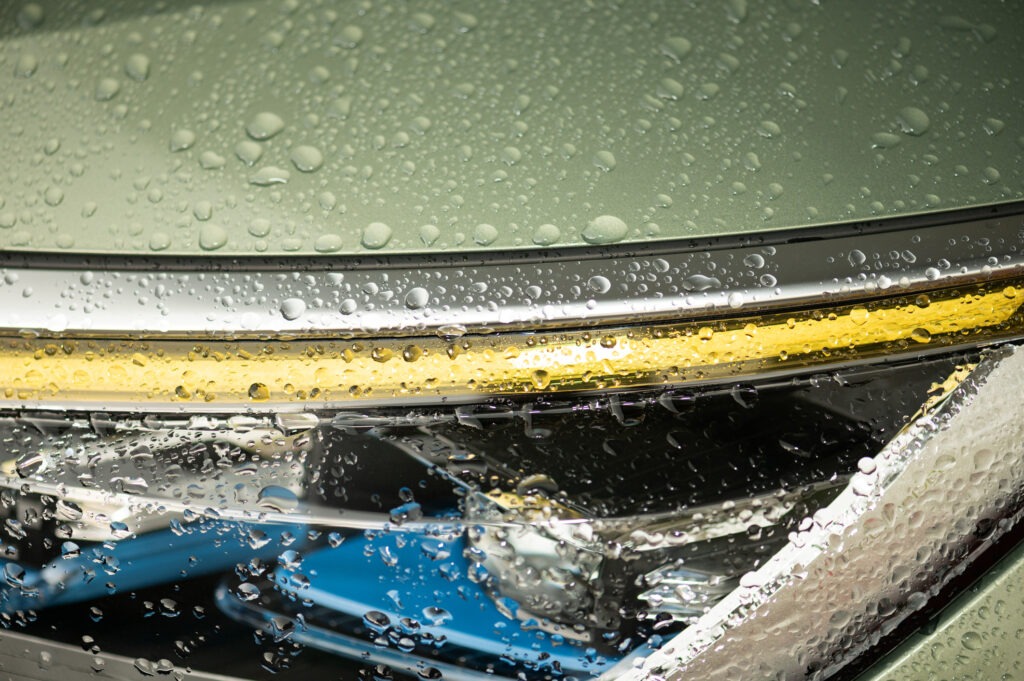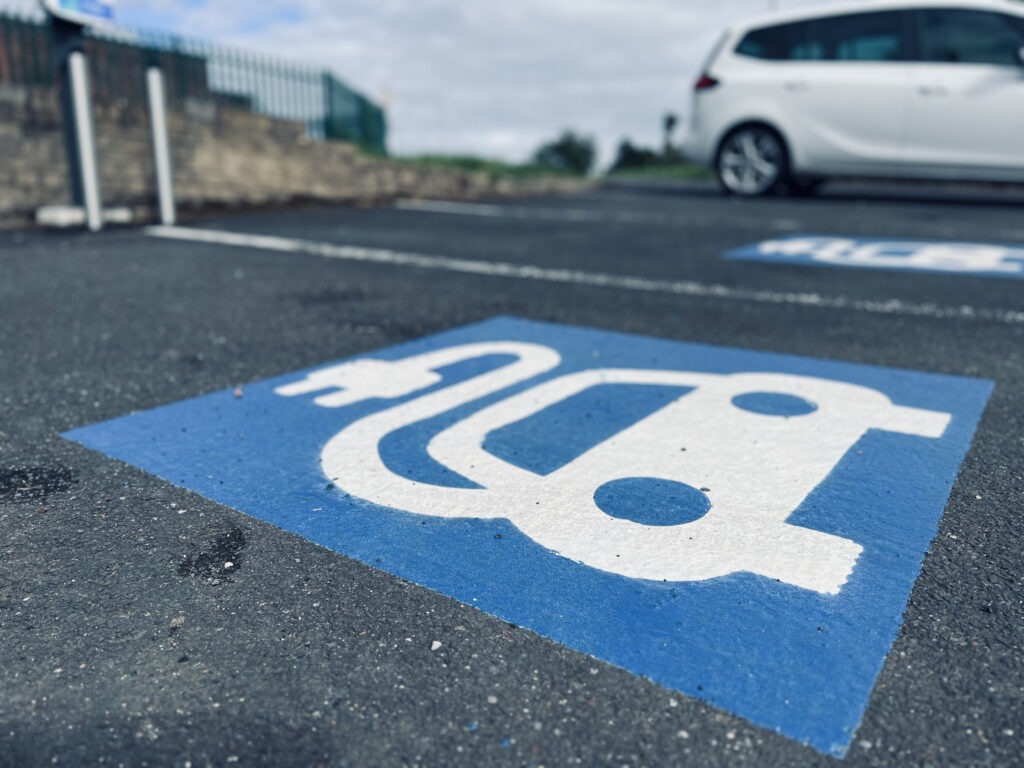Is petrol and diesel domination dying out in the EU?
21 February 2024

Following a dip in December, EU registrations grew in January. The automotive industry is now hoping to return to months of consecutive growth in 2024. Autovista24 special content editor Phil Curry examines the numbers.
The latest figures from the European Automobile Manufacturers’ Association (ACEA) show that 851,690 passenger cars were registered across the bloc last month. This equates to year-on-year growth of 12.1%.
All electrified powertrains saw increases of over 20%, as did the ‘others’ category, which includes fuel-cell technology, natural gas, and ethanol. Meanwhile, internal-combustion engine (ICE) powertrains struggled.
Numbers were helped by the big four markets all posting strong year-on-year figures. Germany returned to growth following a turbulent December that contributed to the overall EU numbers dropping.
The country posted the biggest new-car registrations rise of the big four in January, with 19.1% more deliveries in the month compared with January 2023. The next biggest market was Italy, with figures up 10.6%, followed by France (up 9.2%) and Spain (up 7.3%).
Some struggles at start of year
However, several markets struggled at the beginning of 2024. Austria posted a 6.9% decline year on year, while Denmark (down 14.9%), Estonia (down 11.1%), Finland (down 8.2%), Hungary (down 3.3%), Luxembourg (down 2.7%), Malta (down 2.3%) and Slovenia (down 4.8%) all saw year-on-year declines.
Yet these numbers were not significant enough to severely impact the overall EU market. The region saw an additional 91,674 registrations last month compared with January 2023.
This will be encouraging for the automotive industry, signalling a continued recovery from the supply-chain crisis which had a major impact on registrations in 2021 and 2022. So, the market is currently buoyant as this previous period was marked by the delivery of delayed models.
But as December demonstrated, disruption in the form of supply-chain challenges or policy changes has the potential to deeply affect the market.
Compared to 2019, however, EU registrations are still down. January’s figures were 17.7% below the pre-pandemic total, highlighting how different today’s automotive market is.
ICE frozen out in January
The January numbers suggested a cooling of the ICE market. Petrol-powered models only managed a 4% rise in the month, with 299,914 units taking to roads across the EU.
Two of the big four markets posted petrol declines last month. Spain saw 1,902 fewer new-car registrations for the powertrain, down 7.4% year on year. Meanwhile, France dropped 1,613 units, equating to a decline of 3.7%.
The Netherlands saw one of the largest petrol declines. Its tally of 10,175 units was 33.6% down on January 2023. Belgium also saw petrol deliveries dwindle, with 21.3% fewer units. Both markets, however, posted strong battery-electric vehicle (BEV) increases.
With the uptake of diesel-powered cars declining by 4.9% in January, ICE powertrains once again commanded less than 50% of the EU new-car market. Petrol’s share fell 2.7 percentage points to 35.2%, while diesel dropped to 13.4%, from 15.8% in January 2023.
Therefore, the combined ICE market share was 48.6%, down from 53.7% in the same month last year.
Does this suggest that 2024 could see the ICE market decline? With incentive changes influencing BEV markets in Germany and France, as well as weaker demand in Italy and Spain, it is likely that the situation will constantly change as the year goes on.
However, the different powertrain shares could be much closer at the end of the year than ever before. This would mean a more diverse market.
BEVs bounce back
The big surprise in December was the decline in BEV registrations. This was thanks to incentive changes in Germany, the region’s biggest market for the technology in 2023.
The EU figures bounced back in January, with all-electric registrations up 28.9% year on year. This equated to 92,741 units, up 20,787 passenger cars compared to 2023.
However, it remains to be seen whether this is the start of a robust year for the technology. There is the possibility that January’s figures have been impacted by incentive changes, especially in Germany and France.
Incentives impact
The French government changed the list of vehicles eligible for subsidies. A vehicle’s entire carbon footprint is now considered, effectively ruling out models built in China.
Germany ended its BEV incentives suddenly on 17 December. This programme was due to expire at the end of the year. Orders were being made up until this point, with vehicles likely to be delivered in January and February.
As registrations count when a vehicle is delivered rather than at the point of sale, these subsidy changes have yet to be fully realised.
Germany and France may report increased figures as orders made before the changes came into effect are delivered. BEV registrations in France were up 36.8% while Germany saw year-on-year BEV growth of 23.9%.
Big BEV markets
The two other markets with significant petrol declines both saw impressive BEV improvements. The Netherlands saw all-electric growth of 72.2% with 8,713 units delivered. Meanwhile, Belgium BEV registrations increased by 75.5%, with 9,995 units registered.
These numbers helped increase the BEV market share to 10.9% in January, up from 9.5% the previous year.
Plug-in hybrids (PHEVs) also had an impressive month in January, with deliveries up 23.8% year on year. This equates to a 7.8% market share, up 0.7 percentage points from 12 months ago.
Therefore, plug-in powertrains saw growth of 27.1% in January, with 159,401 units delivered. This means the technology held an 18.7% market share in the month, up from 16.6% in January 2023.
Hybrids turn heads
The best performance of the month came from hybrids. ACEA figures combine both full hybrids (HEVs) and mild hybrids (MHEVs) in this category, with registrations up 23.5% year on year. While this was less growth than BEVs, the 245,068 units delivered was up by 46,587 compared to 2023.
The technology therefore took a 28.8% market share, up 2.7 percentage points over the same period last year. The powertrain is therefore closing the gap with petrol. Should this trend continue, it could overtake ICE to become the EU’s leading powertrain in 2024.
All of the big four markets saw hybrid improvements. France led the way with 29.9% more HEVs taking to the country’s roads. Spain (up 26.5%), Germany (up 24.3%), and Italy (up 14.2%) all saw increases as well.
Poland recorded one of the most impressive improvements, as its HEV market grew 44.6%, with 19,943 units delivered in the country.
The HEV-market growth was not enough to help electrified vehicles dominate in the EU during January, however. BEVs, PHEVs and HEVs were still behind, with a combined market share of 47.5%, 1.1 percentage points behind ICE.
The ‘others’ category caught the remaining market share. These vehicles saw registrations up by 20.8%, meaning the segment held a 3.9% market share.



